 |
| From a few dozen initial trees, up to now in Ngan Son commune there are more than 100 hectares of green chestnut trees. |
In 2006, when Ms. Ban Thi Ngan, a Dao ethnic, currently the Director of Hop Phat Cooperative, Phieng Duong village, Ngan Son commune, decided to bring chestnut varieties from Lang Son to try planting, many people in the commune were skeptical.
“At that time, no one in the commune thought of planting chestnut trees. People were mainly familiar with rice, corn, pine trees, or tallow trees. I saw that Ngan Son's climate was cool, the soil was fertile, very similar to the chestnut area in Lang Son, so I believed that this tree would grow well if planted here,” Ms. Ngan said.
The first chestnut trees were planted on a small plot of land owned by Mrs. Ngan’s family. They diligently clung to the soil and grew taller day by day.
After a few years, the tree bore fruit, with large, sweet seeds. Ms. Ngan’s belief was proven by the baskets of plump, fragrant chestnuts. “The day I brought the first chestnut harvest to the district market to sell, the buyers were very interested and asked all sorts of questions. At that time, I thought this would definitely be a potential crop for our people,” Ms. Ngan recalled.
Thanks to Mrs. Ngan’s pioneering work, many other households in the commune began to follow suit. Up to now, the entire Ngan Son commune has more than 100 hectares of chestnut trees, of which 30 hectares have produced stable harvests. On average, each mature tree produces 20-30 kg of seeds per crop.
The good news is that chestnuts grown on Ngan Son land produce large, plump seeds with a naturally sweet, rich, and fragrant taste.
For sustainable development, currently, members of Hop Phat Cooperative and people in Ngan Son area are focusing on growing chestnuts organically, limiting chemical fertilizers and pesticides, so the products are safe and favored by the market.
Chestnuts are currently in harvest season, with prices ranging from 80,000 to 120,000 VND/kg fresh, with traders coming to the garden to buy. Many families earn tens, even hundreds of millions of VND/year from chestnut trees.
Ms. Ly Thi Bich, a chestnut grower in the commune, shared: My family has nearly 2 hectares of chestnuts, which have been harvested for several years now. Compared to growing corn and rice, the economic efficiency of chestnuts is many times higher. The trees are not too difficult to care for, just pay attention to the initial planting stage and protect them when they are young. I believe that in a few years, chestnuts will be the main crop of Ngan Son.
With its distinctive flavor and stable quality, Ngan Son chestnuts have been recognized as a 3-star OCOP product. This is an important premise, contributing to enhancing product value and creating trust for consumers.
According to Ms. Ban Thi Ngan, being recognized as an OCOP product makes it easier for products to access modern distribution channels, while opening up opportunities for systematic brand building.
“Previously, people mainly sold fresh fruit, and although the income was stable, it was not high. We are aiming to process it into many products such as chestnut flour, chestnut cakes, and chestnut wine. Then, the value of chestnuts will increase many times, and they can be preserved for a long time and easily transported far away,” said Ms. Ngan.
Not stopping there, Hop Phat Cooperative with 21 members is looking for partners to link production in a chain, building a sustainable raw material area. Ms. Ngan shared: We want to link with businesses to have a stable output, and at the same time upgrade products to 4-star OCOP.
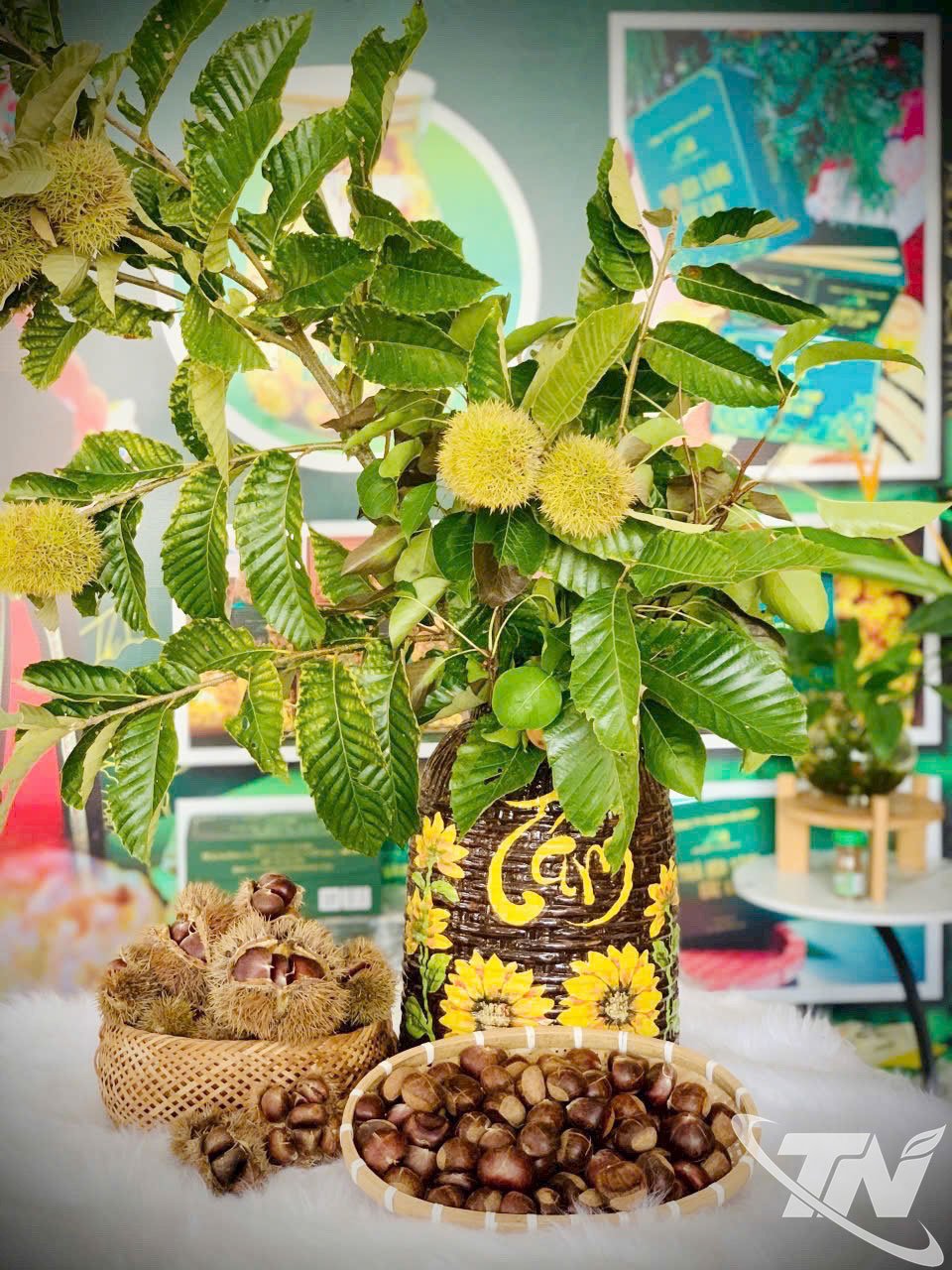 |
| Chestnuts grown on Ngan Son land produce large, plump seeds with a sweet, rich, and naturally fragrant taste. |
Ngan Son not only has a cool climate and beautiful natural landscapes, but also possesses the unique cultural identity of the Dao, Tay, and Nung ethnic groups. This is a great advantage for combining agriculture with experiential tourism.
Visitors to the chestnut garden not only visit but also pick, peel and enjoy chestnuts on the spot. In addition, they can experience Dao culture and enjoy traditional dishes. Thus, chestnut trees will not only bring in economic benefits but also contribute to promoting the image of the homeland.
In fact, some households have experimented with welcoming tourists to visit their chestnut gardens during the harvest season. Many tourists are excited to witness the harvesting, processing and enjoying the specialty right in the garden.
In order for chestnut trees to continue to assert their position, local authorities have identified the need to develop along the value chain, linking production with processing and consumption. Along with that, it is necessary to build collective brands, expand planting areas according to planning, and avoid spontaneous development.
Ngan Son commune is implementing many solutions, including promoting coordination with cooperatives and enterprises to form concentrated raw material areas, supporting people with technology and capital, and promoting trade. The goal is to make chestnut a key crop, contributing to hunger eradication, poverty reduction and new rural development.
The long-term orientation is to expand the area and build the brand “Ngan Son Chestnut”. When combined with community tourism, chestnut is not only a source of income but also becomes a new cultural and economic symbol of the locality.
From a few dozen original trees, Ngan Son now has more than 100 hectares of green chestnut trees. The journey of chestnut trees is a testament to the desire to get rich on the homeland. With the determination of the people and the support of the government, Ngan Son chestnut trees are not only clean and delicious agricultural products but also a story about the will, belief and sustainable future of the people in the highlands.
Source: https://baothainguyen.vn/kinh-te/202510/tu-cay-trong-thu-nghiem-den-san-pham-ocop-d0143b5/



![[Photo] General Secretary To Lam attends the 8th Congress of the Central Public Security Party Committee](https://vphoto.vietnam.vn/thumb/1200x675/vietnam/resource/IMAGE/2025/10/4/79fadf490f674dc483794f2d955f6045)


![[Photo] Bustling Mid-Autumn Festival at the Museum of Ethnology](https://vphoto.vietnam.vn/thumb/1200x675/vietnam/resource/IMAGE/2025/10/4/da8d5927734d4ca58e3eced14bc435a3)
![[Photo] Solemn opening of the 8th Congress of the Central Public Security Party Committee, term 2025-2030](https://vphoto.vietnam.vn/thumb/1200x675/vietnam/resource/IMAGE/2025/10/4/f3b00fb779f44979809441a4dac5c7df)


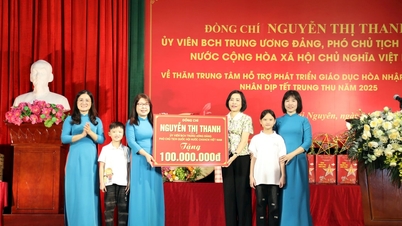

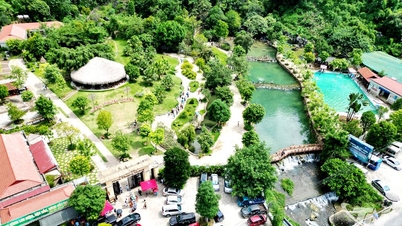

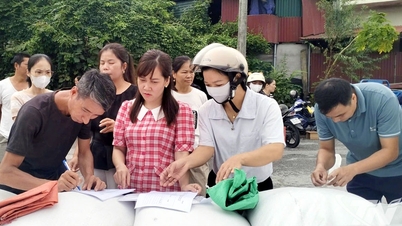



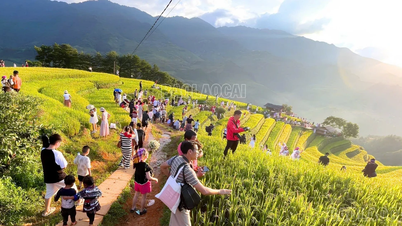

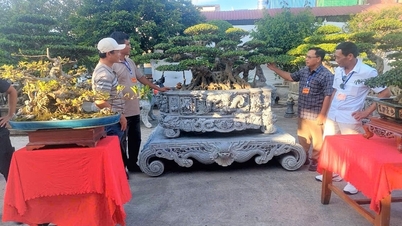

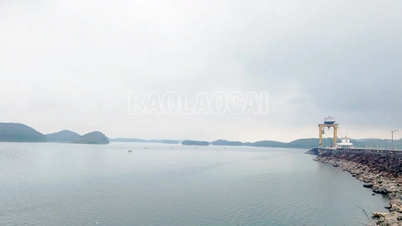
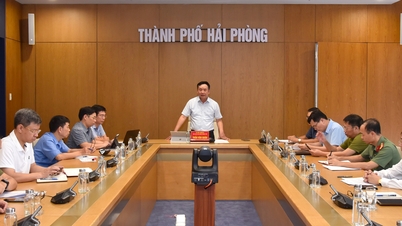
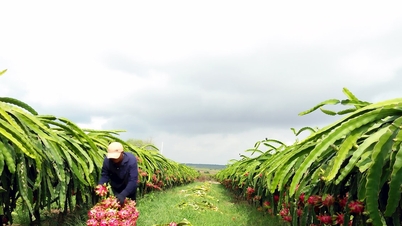





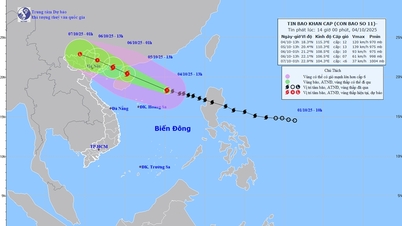
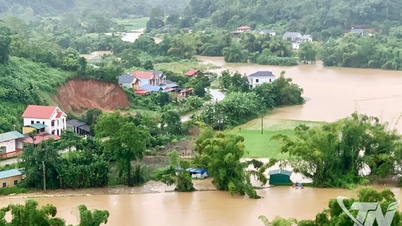


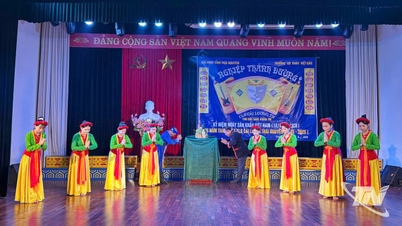
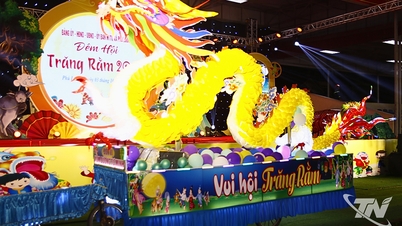



























![[VIDEO] Summary of Petrovietnam's 50th Anniversary Ceremony](https://vphoto.vietnam.vn/thumb/402x226/vietnam/resource/IMAGE/2025/10/4/abe133bdb8114793a16d4fe3e5bd0f12)

![[VIDEO] GENERAL SECRETARY TO LAM AWARDS PETROVIETNAM 8 GOLDEN WORDS: "PIONEER - EXCELLENT - SUSTAINABLE - GLOBAL"](https://vphoto.vietnam.vn/thumb/402x226/vietnam/resource/IMAGE/2025/7/23/c2fdb48863e846cfa9fb8e6ea9cf44e7)
















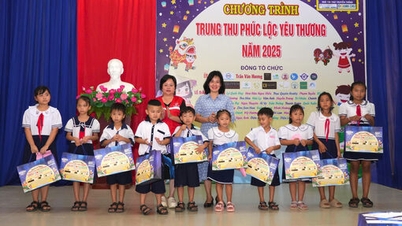

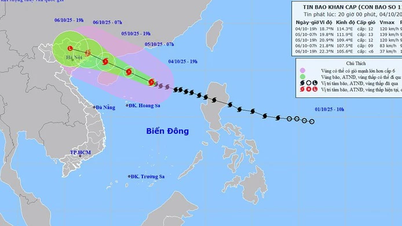

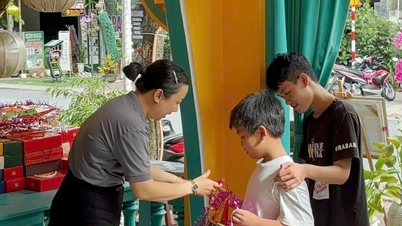


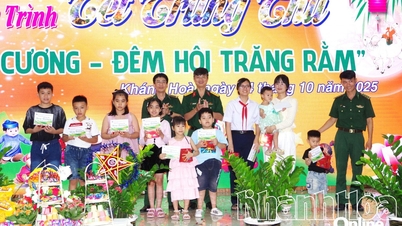








Comment (0)